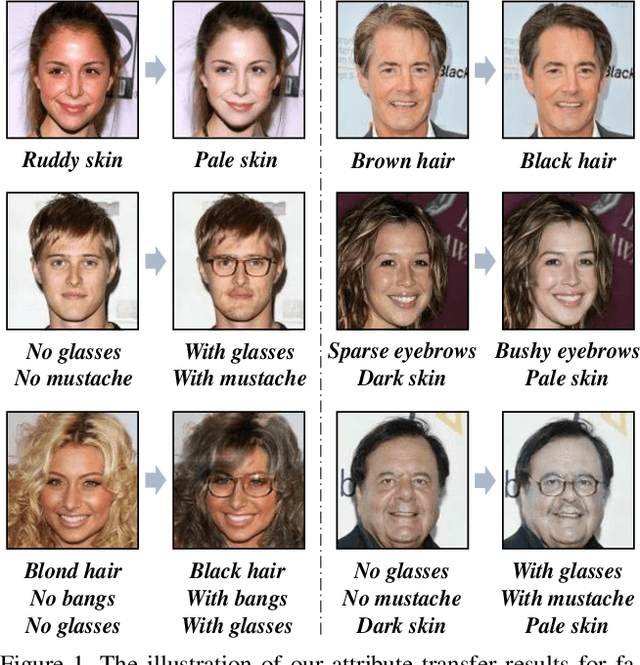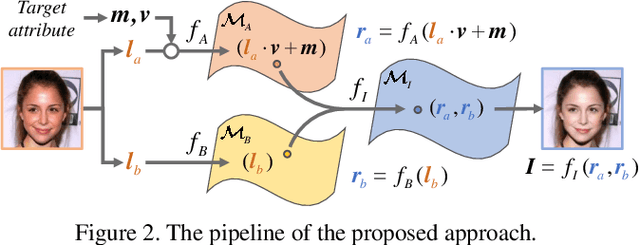De Xie
Semantic Adversarial Network with Multi-scale Pyramid Attention for Video Classification
Mar 06, 2019



Abstract:Two-stream architecture have shown strong performance in video classification task. The key idea is to learn spatio-temporal features by fusing convolutional networks spatially and temporally. However, there are some problems within such architecture. First, it relies on optical flow to model temporal information, which are often expensive to compute and store. Second, it has limited ability to capture details and local context information for video data. Third, it lacks explicit semantic guidance that greatly decrease the classification performance. In this paper, we proposed a new two-stream based deep framework for video classification to discover spatial and temporal information only from RGB frames, moreover, the multi-scale pyramid attention (MPA) layer and the semantic adversarial learning (SAL) module is introduced and integrated in our framework. The MPA enables the network capturing global and local feature to generate a comprehensive representation for video, and the SAL can make this representation gradually approximate to the real video semantics in an adversarial manner. Experimental results on two public benchmarks demonstrate our proposed methods achieves state-of-the-art results on standard video datasets.
Fully-Featured Attribute Transfer
Feb 17, 2019



Abstract:Image attribute transfer aims to change an input image to a target one with expected attributes, which has received significant attention in recent years. However, most of the existing methods lack the ability to de-correlate the target attributes and irrelevant information, i.e., the other attributes and background information, thus often suffering from blurs and artifacts. To address these issues, we propose a novel Attribute Manifold Encoding GAN (AME-GAN) for fully-featured attribute transfer, which can modify and adjust every detail in the images. Specifically, our method divides the input image into image attribute part and image background part on manifolds, which are controlled by attribute latent variables and background latent variables respectively. Through enforcing attribute latent variables to Gaussian distributions and background latent variables to uniform distributions respectively, the attribute transfer procedure becomes controllable and image generation is more photo-realistic. Furthermore, we adopt a conditional multi-scale discriminator to render accurate and high-quality target attribute images. Experimental results on three popular datasets demonstrate the superiority of our proposed method in both performances of the attribute transfer and image generation quality.
 Add to Chrome
Add to Chrome Add to Firefox
Add to Firefox Add to Edge
Add to Edge